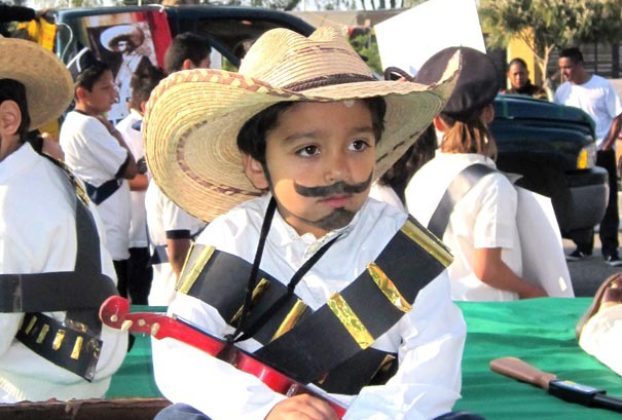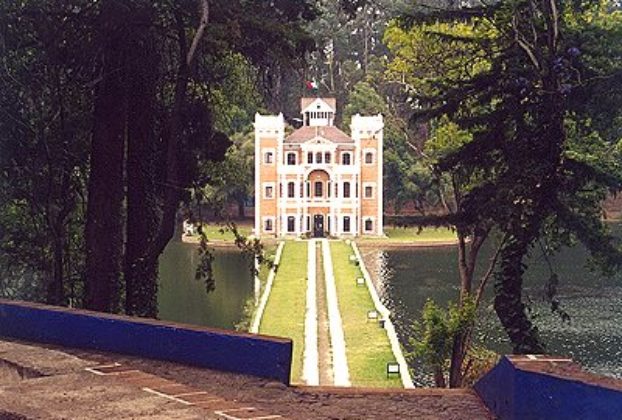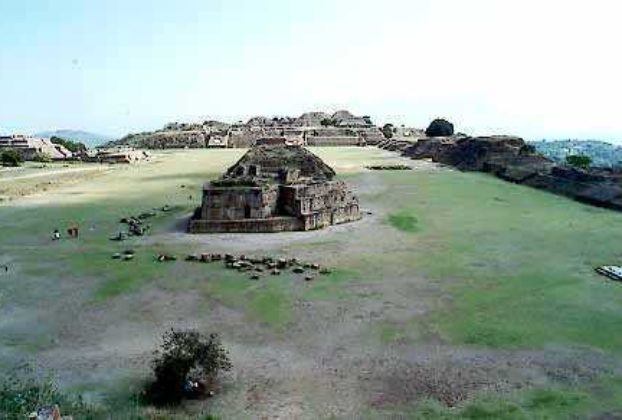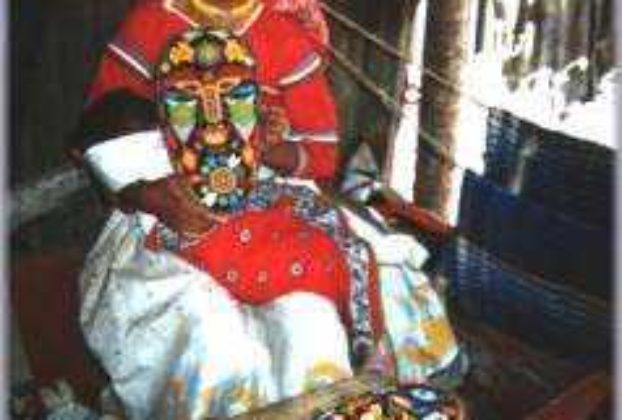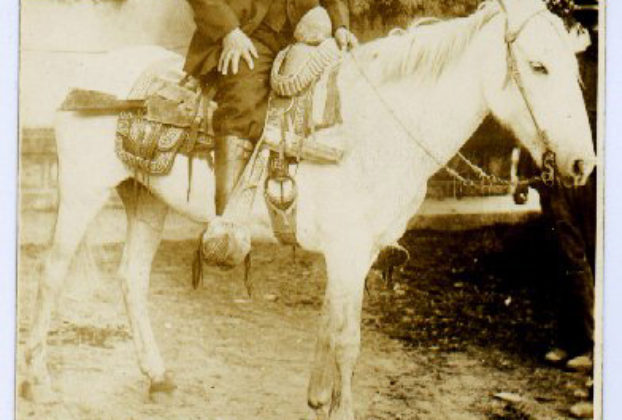The Mexican Revolution 1910
The Mexican Revolution was brought on by, among other factors, tremendous disagreement among the Mexican people over the dictatorship of President Porfirio Díaz, who, all told, stayed in office for thirty-one years. During that span, power was concentrated in the hands of a select few; the people had no power to express their opinions or […]
Continue Reading
